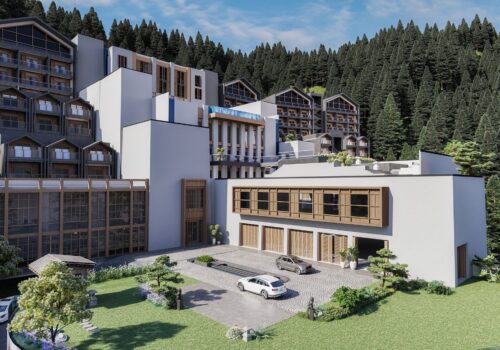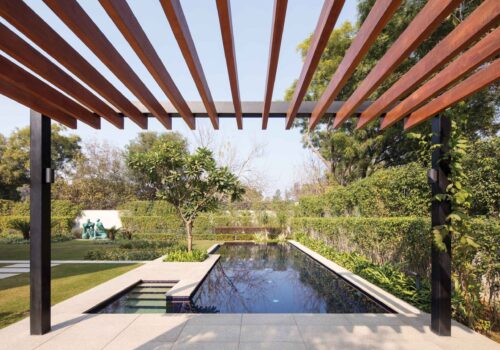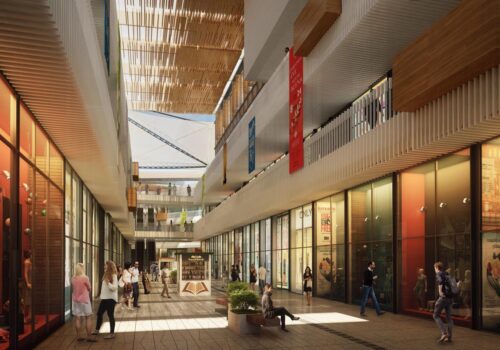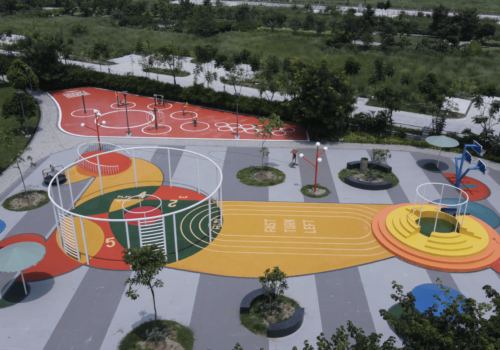How Design Can Impact Education
I believe that more than the pandemic itself, children have been affected by the confinement that came with it. I think that it has made us all realise the vital importance of creating positive environments for holistic growth, and there are many ways in which these can be achieved.
Prioritising the Unbuilt
For the design of educational institutions, the learning has been to prioritise the unbuilt – access to open spaces and the entry of ample light and air into classrooms. We need to evaluate the ratio of the built and the unbuilt, and study its impact on learning and growth. Open spaces need not just be large playgrounds, as this is not always feasible. A sense of openness can be incorporated into a design by integrating smaller semi-open spaces or shaded courts. This will ensure that learning spills beyond the four walls of a classroom and becomes an engaging experience for the child. Research has shown that the inclusion of open spaces increases social interaction between children by up to two times and also works to keep them engaged in physical activities.
For example, at the Seth M. R. Jaipuria School Lucknow, large, vibrant courtyards with integrated seating act as hearts of the school, allowing for enhanced interaction between students of all ages.

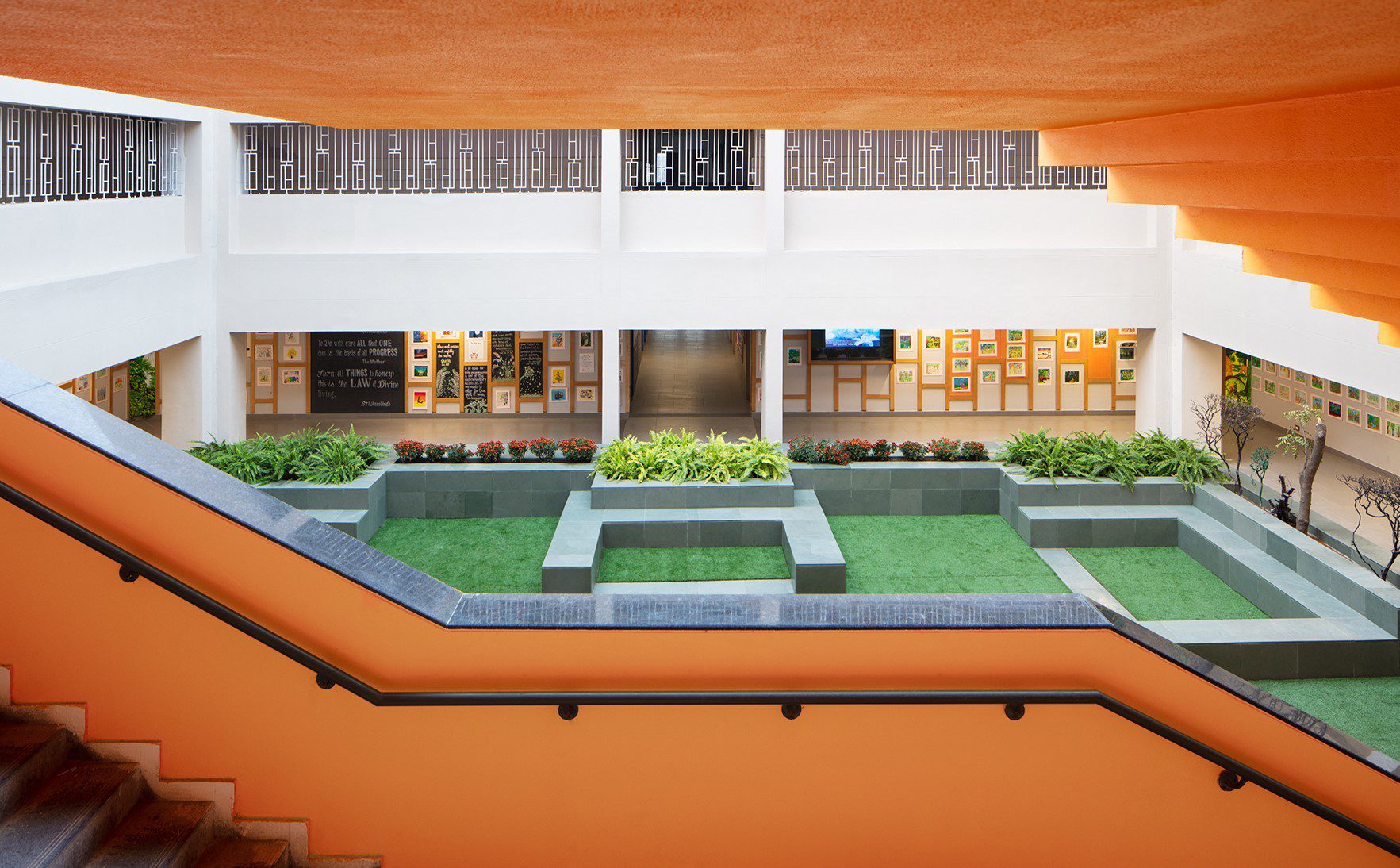
In our design for the Aspire School, Gurgaon, the built mass is interrupted with courtyards that ensure the classrooms are well-lit and well-ventilated at all times. The planning places emphasis on balancing the built with green pockets.
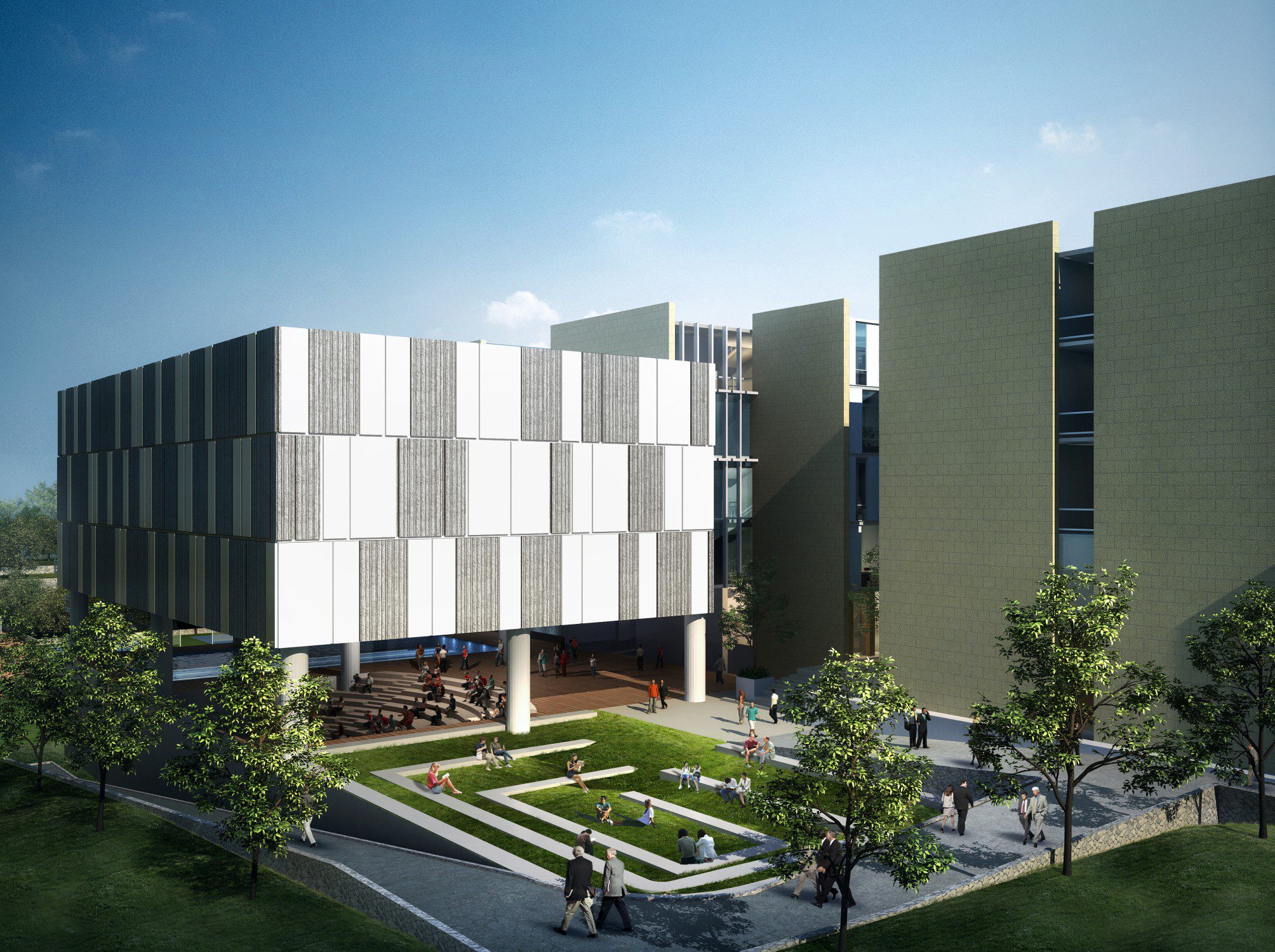

Inclusivity and Expression
Simple design gestures, like keeping in mind the ergonomics of a child, can go a long way in creating an inclusive environment and positively impact the students’ mental health. Design can be used to change typical institutional stereotypes, using architecture not as a sterile facility to accommodate multiple functions but as a framework for students to express themselves within, working to make learning a holistic experience that unlocks the hidden potential of every child.
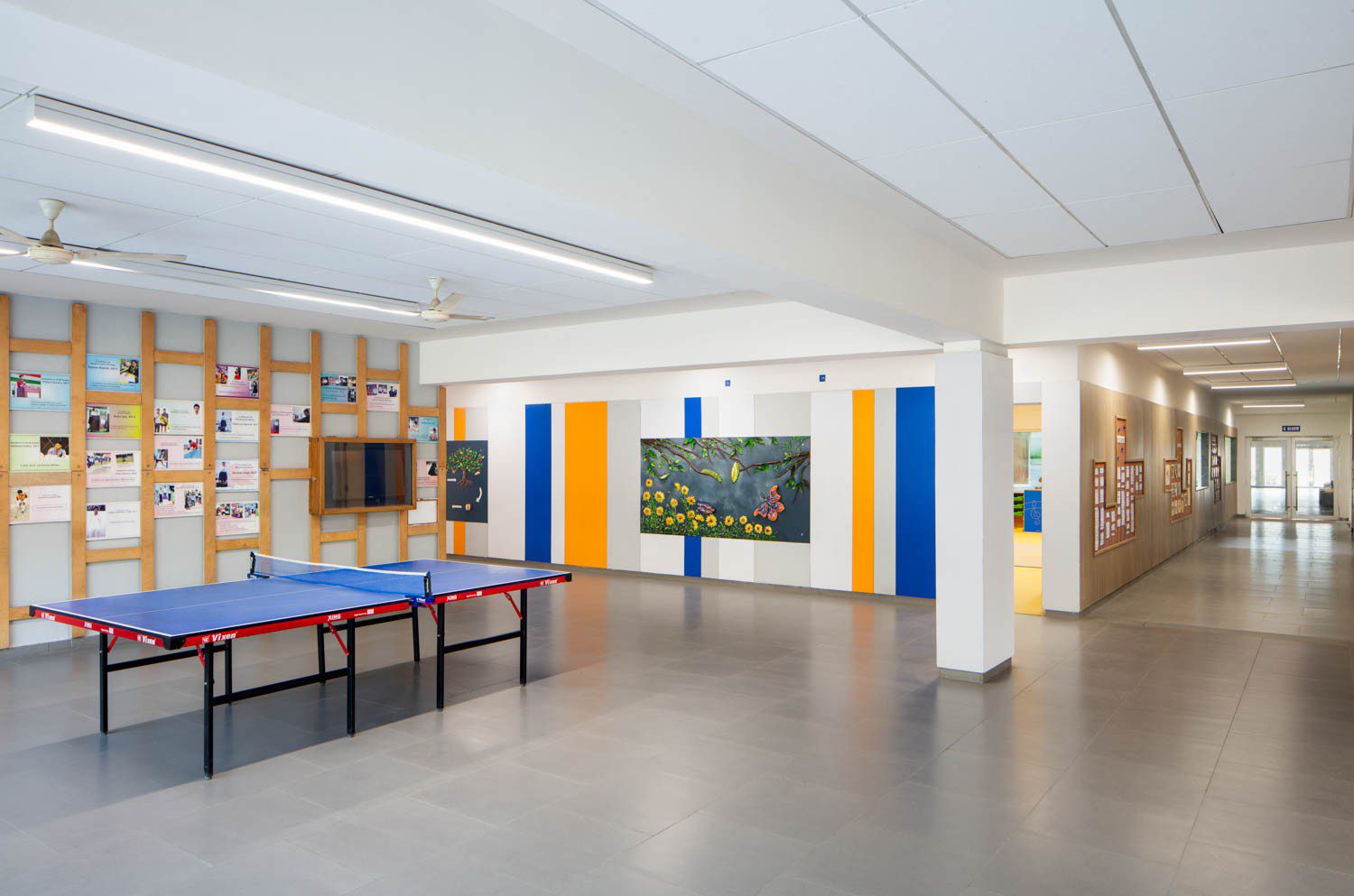
At the SMR Jaipuria School, a display system lines the walls of the corridors, showcasing artwork made by the students and creating an inclusive environment that celebrates creativity.
Architecture as the third teacher
Buildings need to be looked at as more than just a facility but as a third teacher, acting as a powerful teaching aid, along with parents and teachers. In today’s day and age, we are witnessing a trend that is moving away from rigid education systems, with the increasing value being placed on problem-solving skills, design and critical thinking, creativity, emotional intelligence, and cognitive flexibility. Physical infrastructure, too, needs to react and respond to these trends with flexible frameworks that can sculpt the minds of tomorrow.

In a unique intervention at the SMR Jaipuria School, artist Harshvardhan Kadam of St+art India and the school’s teachers and students came together to create four striking illustrations that animate its blank exterior walls. The building is thus envisaged as a tool that conveys the values of the school: perfection, harmony, wisdom, and strength to its students and visitors.
The global pandemic has brought us a renewed understanding of the key aspects that go into creating positive educational environments. Providing access to green open spaces, creating opportunities for interaction and engagement, and establishing frameworks that celebrate creativity and expression are a few ways in which we can elevate architecture from a mere facility into an integral part of the experience of learning.
Shubhra Dahiya, Partner, team3

